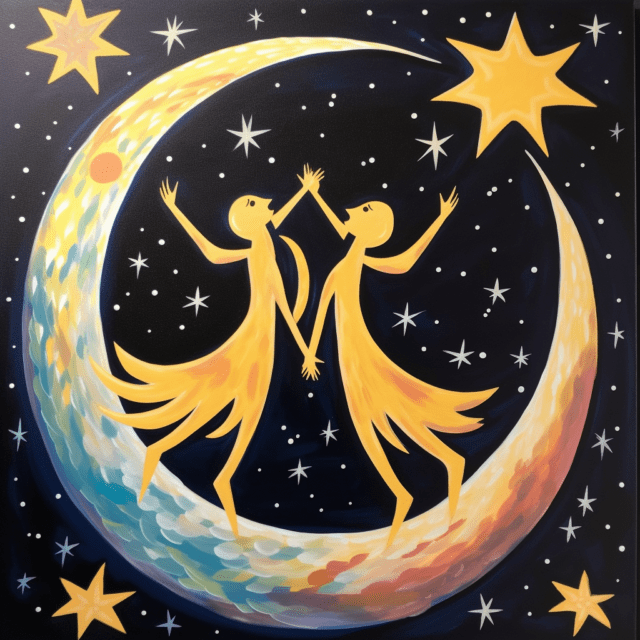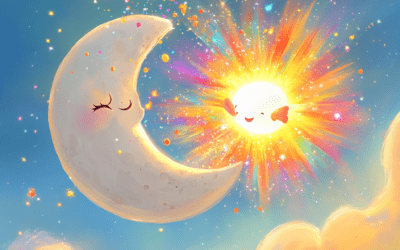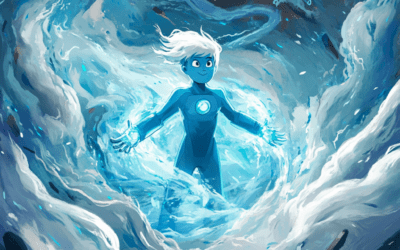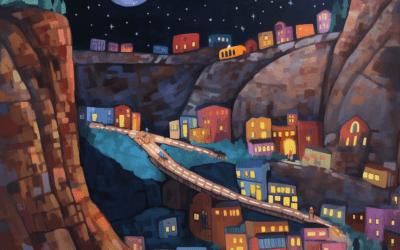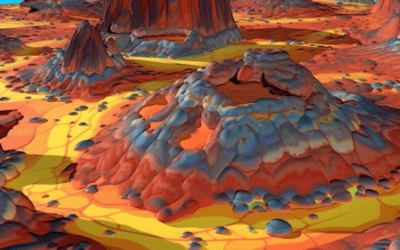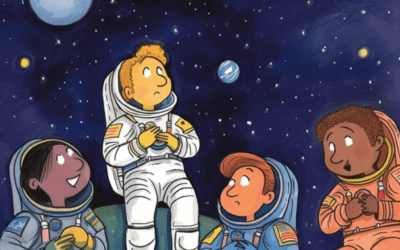What Causes an Eclipse?
Introduction
An eclipse occurs when one celestial object passes between two other objects, causing a shadow to be cast. The most common eclipses we hear about occur between the sun, the moon, and the Earth. But what causes these extraordinary events?
Solar Eclipse
A solar eclipse takes place when the moon moves in between the Earth and the sun. This alignment creates a shadow on the Earth. Imagine you are the Earth, and your friend stands right in front of a bright lamp. If someone passes between you and the lamp, you would be in their shadow, right? That’s similar to what happens during a solar eclipse!
When the moon moves between the sun and the Earth, it blocks out the sunlight from reaching certain areas on our planet. This creates a temporary darkening of the sky, often referred to as “reaching totality.” During a total solar eclipse, which is the most spectacular eclipse to witness, the sky can turn dark, and stars can become visible in the daytime! Isn’t that incredible?
Lunar Eclipse
A lunar eclipse is a bit different but just as fascinating! Instead of the moon passing in front of the sun, it moves behind the Earth, placing our planet between the sun and the moon. This alignment causes the Earth to cast a shadow on the moon.
Think of it this way: imagine you are playing hide-and-seek, and you’re hiding behind a big tree. If someone stands between you and the person searching for you, they would cast a shadow on you, right? That’s similar to what happens during a lunar eclipse!
When Earth’s shadow falls on the moon, it can cause the moon to darken or even appear reddish. This reddish hue is why some people call a lunar eclipse a “blood moon.” Just like in a solar eclipse, a lunar eclipse can be a stunning sight in the night sky.
Why Don’t Eclipses Happen Every Month?
You might be wondering why we don’t witness eclipses every month. Well, it all comes down to the moon’s orbit around the Earth. The moon travels in an elliptical path, meaning it doesn’t go around the Earth in a perfect circle. Because of this, sometimes the moon is closer to Earth, and other times it’s farther away.
For a solar eclipse to occur, the moon must be in just the right place. It needs to be in its new moon phase, which happens about once a month when the moon is between the sun and the Earth. But since the moon’s orbit is slightly tilted, it doesn’t always align perfectly with the sun and Earth, resulting in only a few solar eclipses each year at most.
As for lunar eclipses, they happen when the moon is in its full moon phase. However, the moon doesn’t pass through the Earth’s shadow every time it orbits us. Usually, lunar eclipses occur about twice a year, but not always visible in every part of the world.
Protecting Your Eyes
If you ever have the chance to witness a solar eclipse, it’s crucial to protect your eyes! Staring directly at the sun, even during an eclipse, can be harmful to your eyes. The intense sunlight can damage the delicate cells in your eyes. So, make sure to wear special eclipse glasses or use other safe viewing methods to enjoy this incredible event safely.
In Conclusion
In summary, an eclipse happens when one object in space comes between two others, resulting in a shadow being cast. Solar eclipses occur when the moon blocks the sun’s light from reaching certain areas on Earth, while lunar eclipses occur when the Earth casts a shadow on the moon. The alignment of these three celestial bodies creates breathtaking phenomena that are worth marveling at, but remember to always protect your eyes while observing a solar eclipse. Eclipses are remarkable reminders of the wonders that occur in our vast universe!

